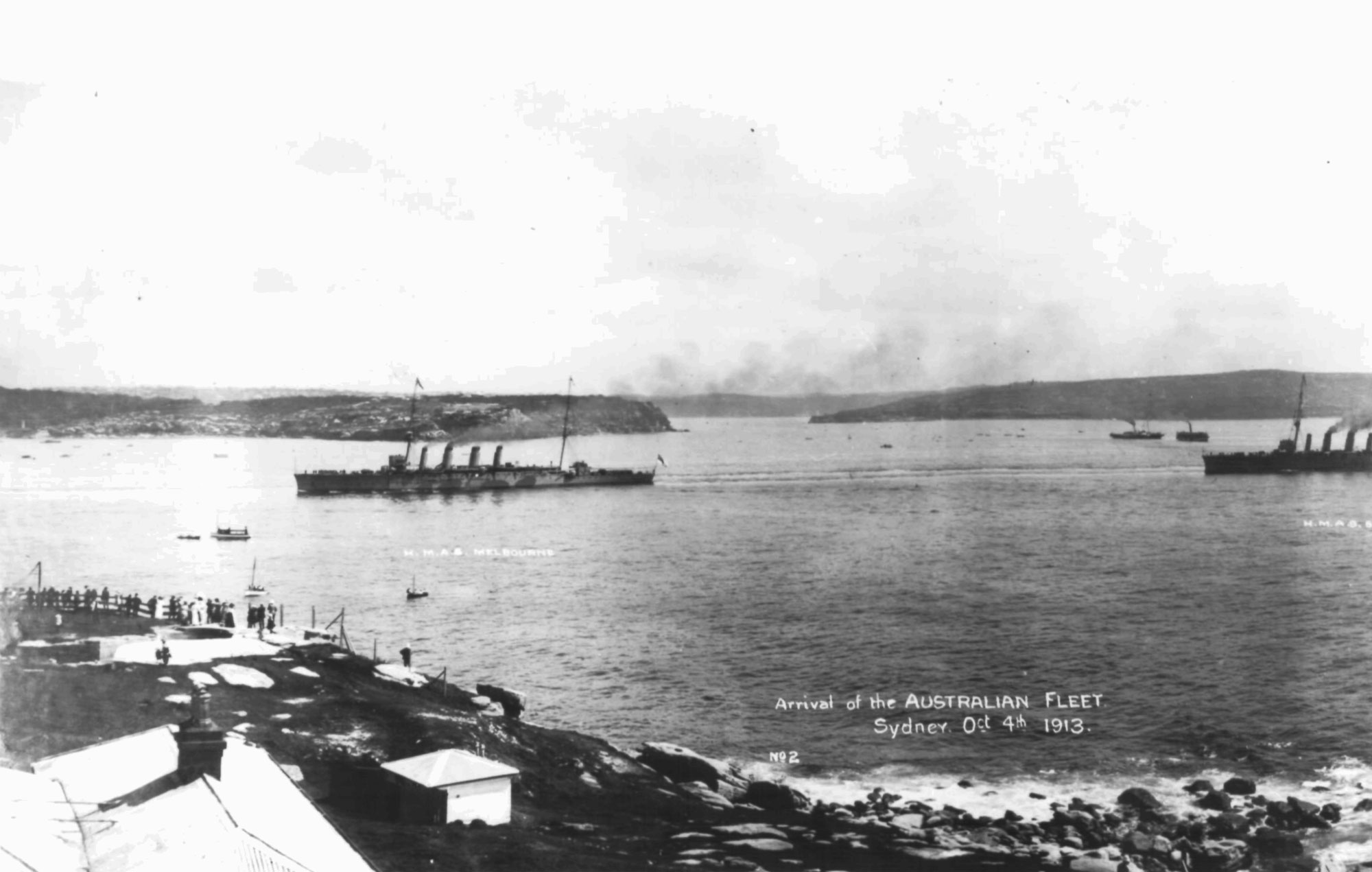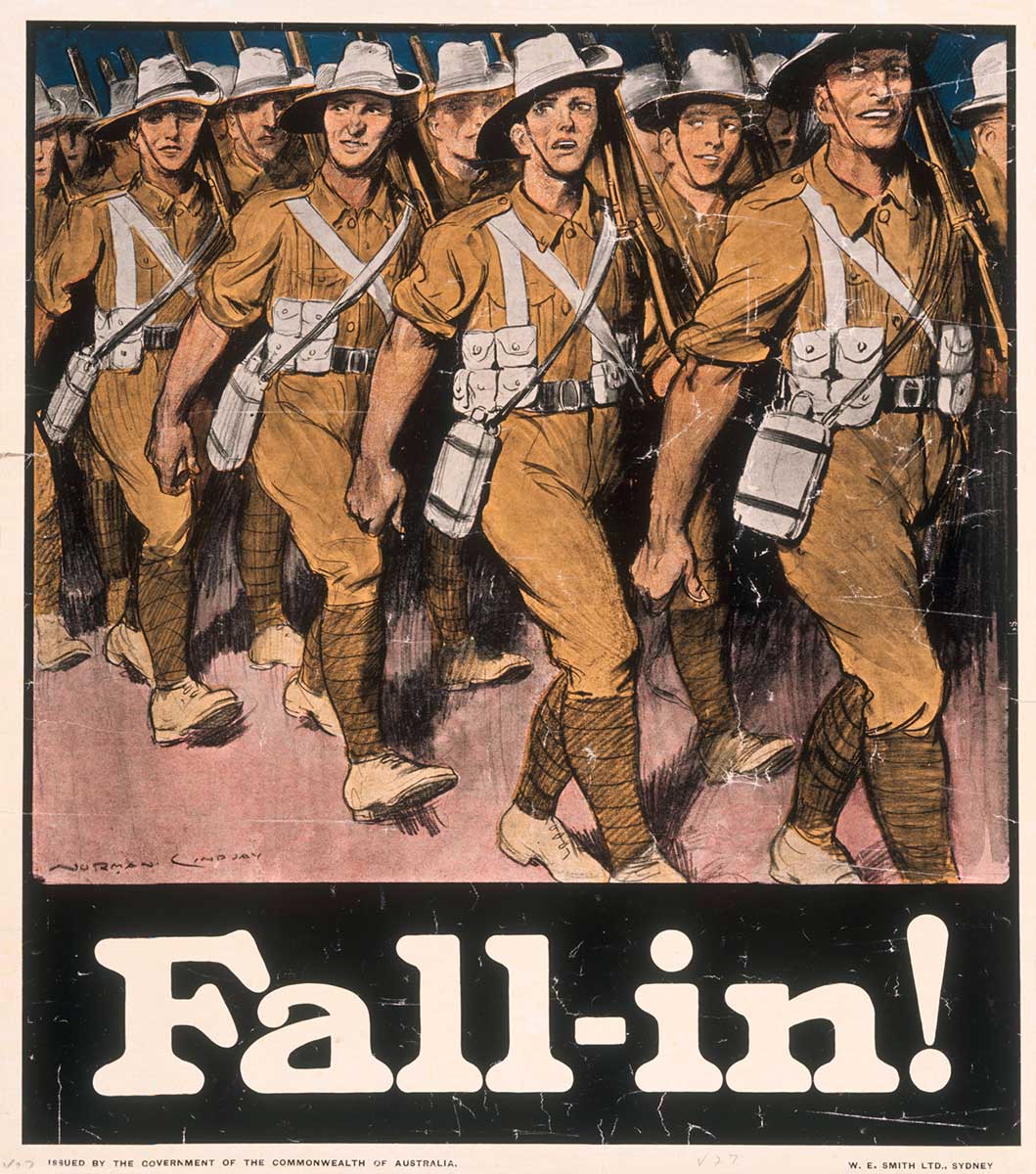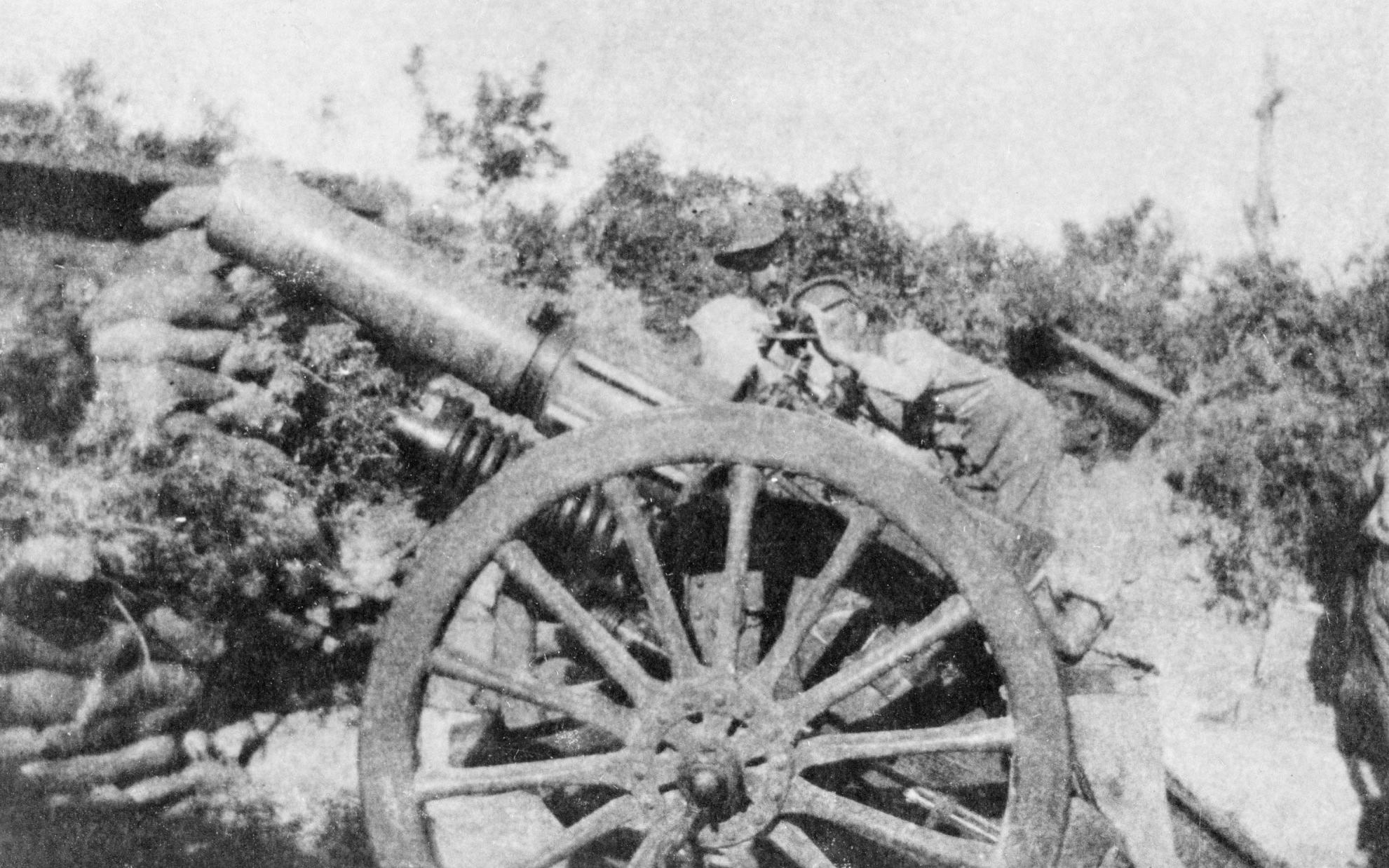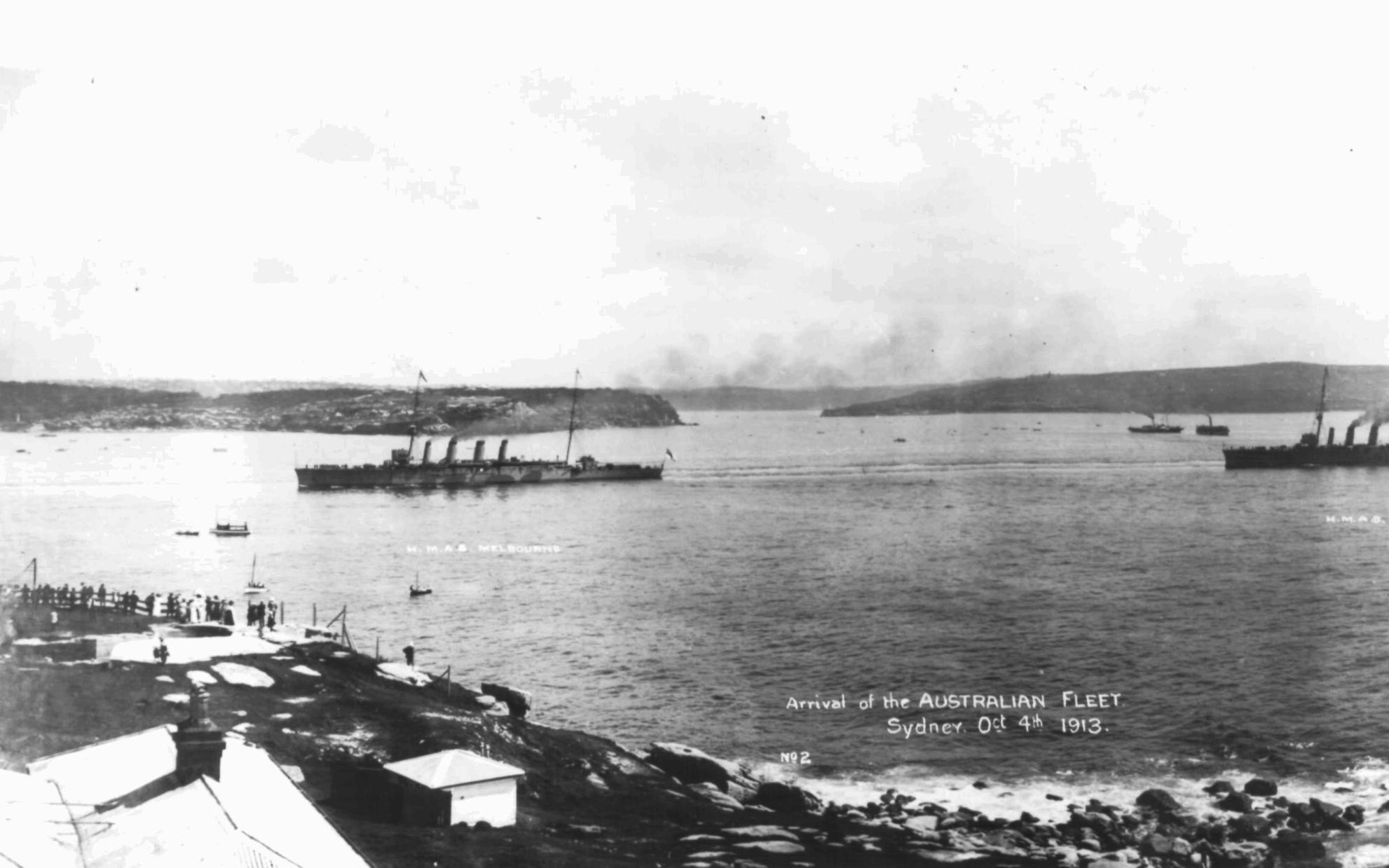Learning module:
First World War Defining Moments, 1914–1918
Investigation 1: The causes of the First World War
1.3 How did the death of one man start a world war?
On 28 June 1914 the Archduke Franz Ferdinand, heir to the Austro-Hungarian Empire, was shot and killed by an assassin in Sarajevo, a city in the Bosnian region of Austria-Hungary.
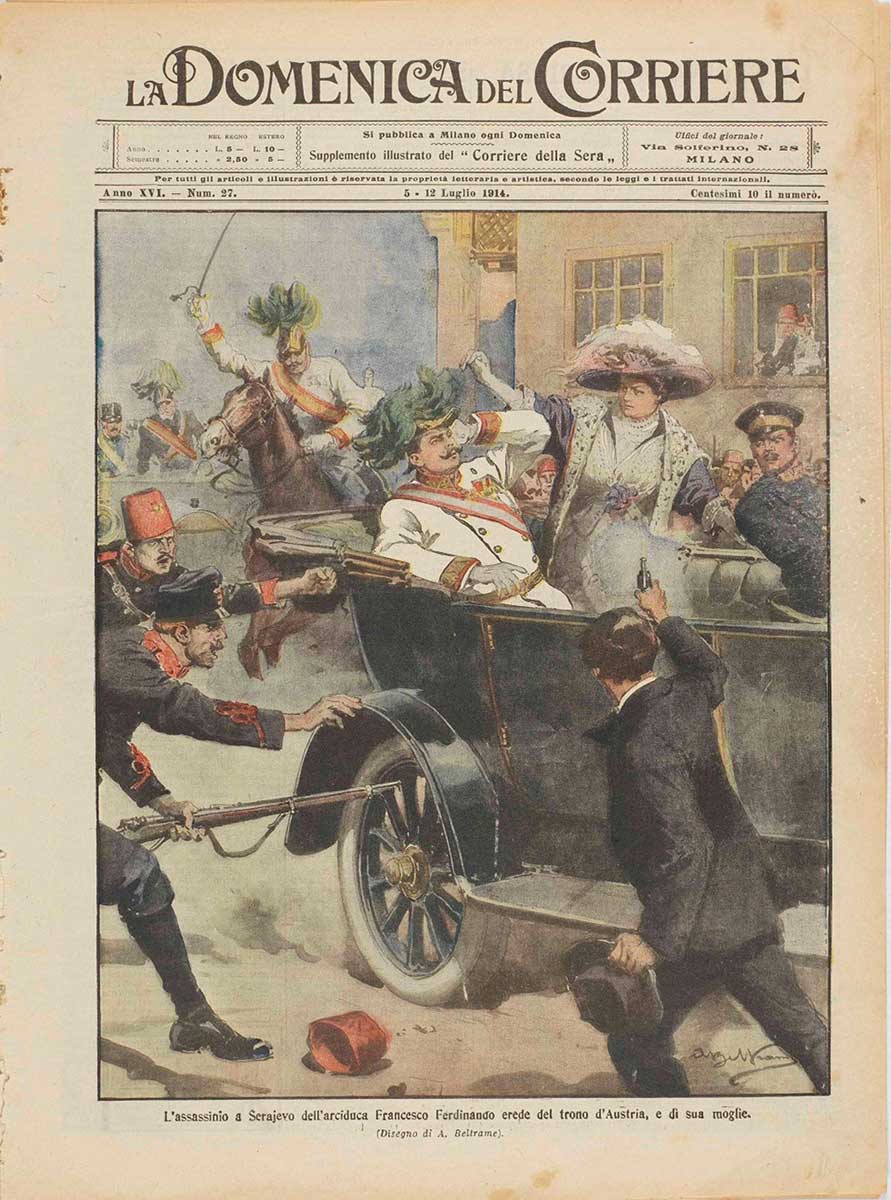
Austria-Hungary had recently taken over the Bosnian area and made it part of the Empire. The killing of Franz Ferdinand eventually led to the start of the First World War — and 30 million deaths.
How could the death of one man (and his wife beside him) have been part of the causation of the First World War?
1. Below are six statements that help to explain what led to the outbreak of the First World War. They will enable you to see how the assassination fits into the larger story of the causes of the First World War. But these statements are not in an order which logically explains and sequences the events.
Your task is to drag the events into a logical sequence.
This map is provided to help you locate the countries and alliances mentioned in the series of statements.
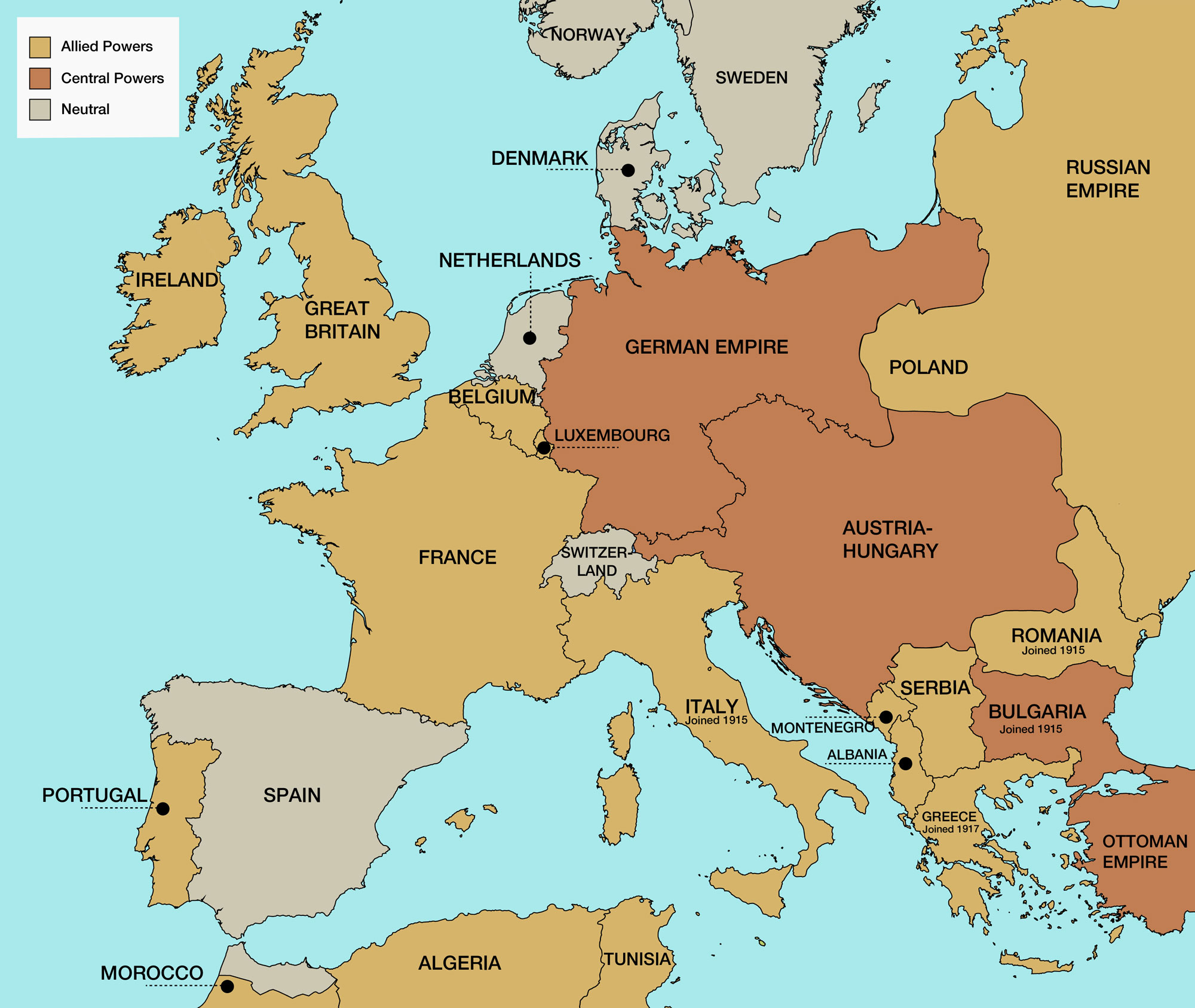
2. Think again about the possible reasons nations might go to war, covered in Investigation 1.2.
|
Principle |
|---|
|
Protection of yourself, family, community and nation. |
|
In defence of a friendly neighbour. |
|
To support an ally that is important to national security. |
|
To support a basic value such as democracy. |
|
To support a culturally and historically important place. |
|
To stop a potential threat. |
|
To respond to aggression. |
|
To gain new power and wealth. |
Can you recognise any of these principles in the events that led to the outbreak of the First World War? List any similarities.








